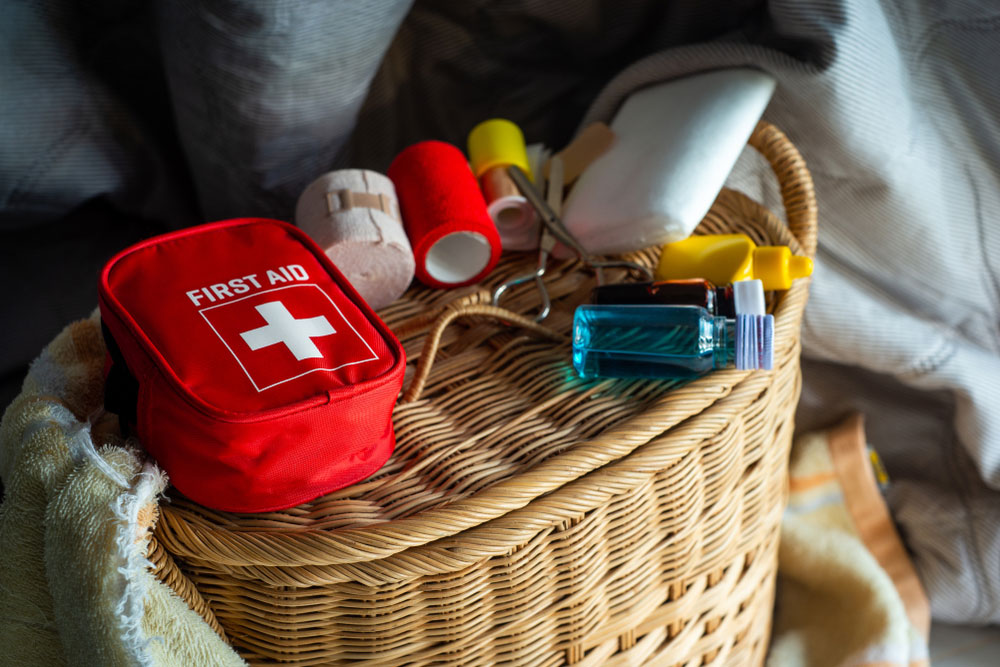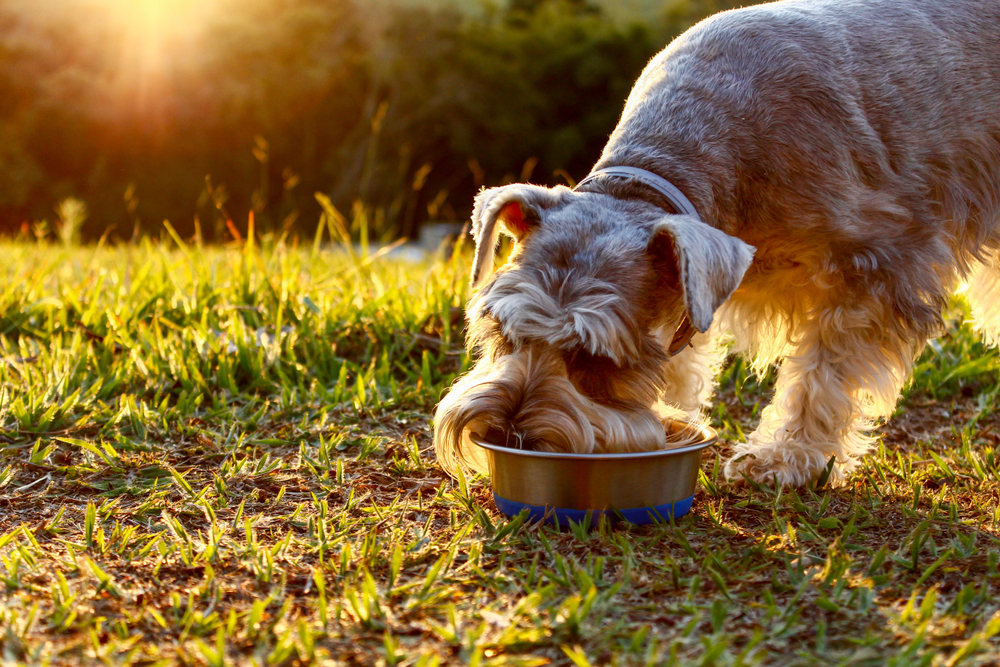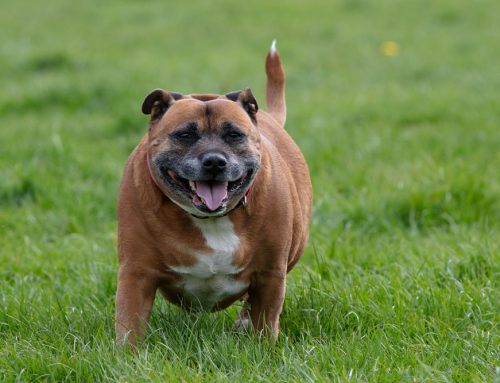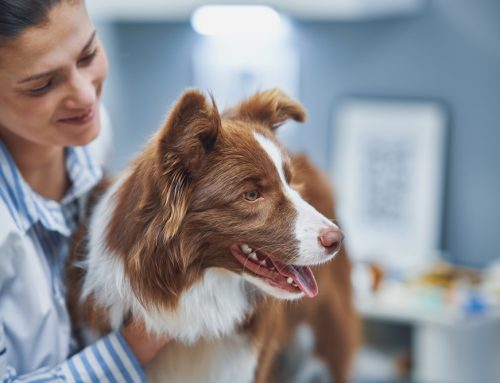Dog Park Safety: How to Keep Your Bay Area Pup Protected
Watching a dog race across an open field, tongue out and tail wagging, is pure joy. In the Bay Area, off-leash parks make that scene possible every day, yet those same spaces can introduce hazards that lead straight to the emergency room—bites, foxtail injuries, toxic algae exposure, or sudden respiratory illness.
As a 24-hour emergency and critical care hospital, Omega Veterinary Group in San Mateo treats these park-related cases regularly. This guide highlights the most common dangers, offers practical steps to reduce risk, and explains when to seek immediate help so your next park visit ends with happy exhaustion rather than an urgent trip to the clinic.
Why Dog Park Risks Matter
Owners visit dog parks to help their dogs stay healthy and well-socialized. Crowded spaces, unfamiliar dogs, and shared resources can create a perfect storm for injuries or illness. Understanding these risks in advance helps you make informed choices about where and how to play.
Pet owners often wonder: “Is the dog park worth it?” The answer isn’t always yes. Thoughtful preparation means more fun for your dog and fewer stressful trips to the vet.
Common Health Risks at Dog Parks
Here are some concerns to watch for before and during your visit.
Shared Water Bowls
Communal water bowls are breeding grounds for bacteria, viruses, and parasites. Diseases like Leptospirosis spread through contaminated water, especially in warm, wet environments. Bringing your own fresh water and a clean bowl eliminates this risk.
Contagious Viruses: Papillomas
Canine oral papillomas look like small warts around the mouth or face. These are caused by the papillomavirus and spread through direct contact or shared toys. While they often resolve on their own, they can be uncomfortable and occasionally require removal. Learn more about Oral Papilloma Virus in Dogs.
Kennel Cough and Respiratory Illness
Dog parks are hotspots for Canine Infectious Respiratory Disease Complex (CIRDC), commonly called kennel cough. It spreads through the air and contaminated surfaces. Mild cases may clear up with rest, but severe infections can progress to pneumonia. Keeping your dog vaccinated against Bordetella and canine influenza is the best prevention. Find out more about Kennel Cough.
Parasites and Giardia
Dog parks can be a source of intestinal parasites like Giardia, roundworms, or hookworms. These parasites spread through feces and contaminated soil. Ingesting just a small amount can lead to diarrhea, dehydration, and weight loss. Routine fecal checks and deworming reduce your pet’s risk. For details, see Intestinal Parasites in Cats and Dogs.
Fights and Bites
Crowded parks can magnify misread cues. A stiff body, raised hackles, or hard stare often ends in a lunge that drives bacteria deep under the skin. Face and neck bites risk nerve damage, while punctures near joints set the stage for fast infections. A Mastiff can pick up and shake a Chihuahua in an instant, causing internal bleeding and broken bones. Review early warning signs in Safe Group Play and Aggression in Dogs. Any bite puncture, swelling, or persistent pain needs a prompt exam to flush the wound, assess surgical needs, and start antibiotics.
Injuries
Fast chases and rough terrain invite orthopedic trouble. Torn toenails bleed heavily, split paw pads collect grit, and sharp pivots can rupture a cruciate ligament, leaving a dog unable to bear weight. Collisions with benches or fences may cause muscle strains or fractures. Carry basic first-aid supplies to wrap bleeding paws, and head to Omega Veterinary Group if limping, swelling, or non-weight-bearing lameness appears. Early care limits pain and speeds recovery.
Heat Exhaustion
Hot afternoons can turn a fun fetch session into a medical crisis. Heavy panting, glazed eyes, bright-red gums, drooling, or sudden weakness signal rising core temperature. Move your dog to shade, offer cool (not ice-cold) water, and wet the belly and paws with lukewarm water to start cooling. If panting does not ease within a few minutes, or if collapse, vomiting, or seizures occur, transport your dog to Omega Veterinary Group immediately for IV fluids and controlled cooling. Quick action prevents heatstroke and long-term organ damage.
Regional Hazards: Water, Wildlife, and Foxtails
Bay Area dog parks are famous for scenic waterfront views and open coastal breezes, and resources like San Francisco’s Dog Play Areas, Point Isabel Regional Shoreline, and San Mateo’s off-leash sites attract visitors from every neighborhood. Alongside that beauty come three seasonal dangers worth adding to your safety checklist.
- Blue-green algae in ponds or tidal lagoons can release toxins that trigger vomiting, seizures, or sudden collapse. Before letting your dog wade, read the AAHA overview, Algae Alert: Understanding the Dangers of Blue-Green Algae for Pets.
- Wildlife encounters with raccoons, skunks, or coyotes may lead to bites, rabies exposure, and serious infection. Learn practical steps to avoid conflict in What to Do if You Encounter a Wild Animal.
- Foxtail grass awns thrive in dry open fields and can burrow into ears, eyes, and skin. The UC Davis article, Foxtails and Their Risks to Pets, explains why swift removal is critical and how a single awn can migrate deep into muscle tissue if ignored.
Checking fur for foxtail seed heads, keeping dogs on marked paths, and rinsing paws after play help avoid these hidden hazards.
Safety Checklist: Before You Go
A little preparation goes a long way. Use this quick checklist:
- Pack your own water and bowl: Never rely on communal bowls.
- Bring waste bags: Always pick up after your dog.
- Check vaccinations: Bordetella, rabies, and parvo are essential.
- Inspect your dog: Look for cuts, parasites, or signs of illness.
- Avoid the park if sick: Dogs with coughs or diarrhea should stay home.
- Always check the environment. Watch out for toxic plants, too – review the ASPCA’s list of toxic plants.
If you want more tips on preventing emergencies, visit Preventing Pet Emergencies.
Socialization and Safe Play
Not every dog is a match for an off-leash park. Some dogs prefer small groups or structured playdates. Don’t force your dog to stay in the park if they look uncomfortable. Understand your dog’s tolerance and comfort level by reading Understanding Dog Tolerance. You need to be your dog’s advocate, watch their body language, and respond promptly.
Basic training is also critical. Commands like “come,” “leave it,” and “stay” can help redirect behavior and prevent conflicts. Resources like Socializing Your Dog and How to Introduce Dogs are good starting points.
First Aid and What to Do if Something Happens
Minor scrapes or scuffles can happen, so knowing basic first aid is smart. The American Red Cross offers pet first aid classes, and there are excellent DIY resources online.
If a bite occurs, never reach between fighting dogs. Use a loud noise, water spray, or barrier. After a fight, check for hidden wounds – punctures can close quickly but still get infected. If your dog shows signs of illness after visiting a park, head to the vet.

Frequently Asked Questions
Is it safe to let puppies go to dog parks? No. Young puppies are more vulnerable to diseases like parvovirus. Wait until all core vaccines are complete and discuss the right age with your vet.
Can my dog get sick even with vaccinations? Yes, but vaccines greatly reduce severity. They’re an essential layer of protection.
Should aggressive dogs visit dog parks? No. Dogs with a history of aggression are better suited for private walks, training, or playdates with known dogs.
Play Smart, Stay Safe
Dog parks deliver healthy exercise and mental stimulation, yet a split second can turn play into an emergency. Plan ahead, watch for red flags, and step in early if something feels off.
Should trouble strike, the emergency and critical care team at Omega Veterinary Group is ready around the clock. From bite wounds and foxtail invasions to heat exhaustion or orthopedic injuries, rapid stabilization and skilled treatment get your dog back on all four paws as soon as possible. Need guidance before a park visit, or care after one? Contact us or meet our team. A trusted ER partner on standby keeps every wag and romp safer.






Leave A Comment